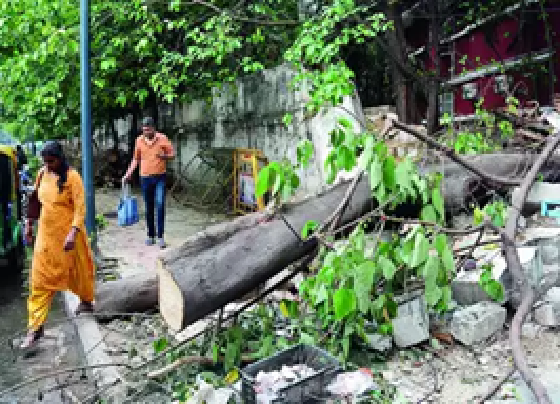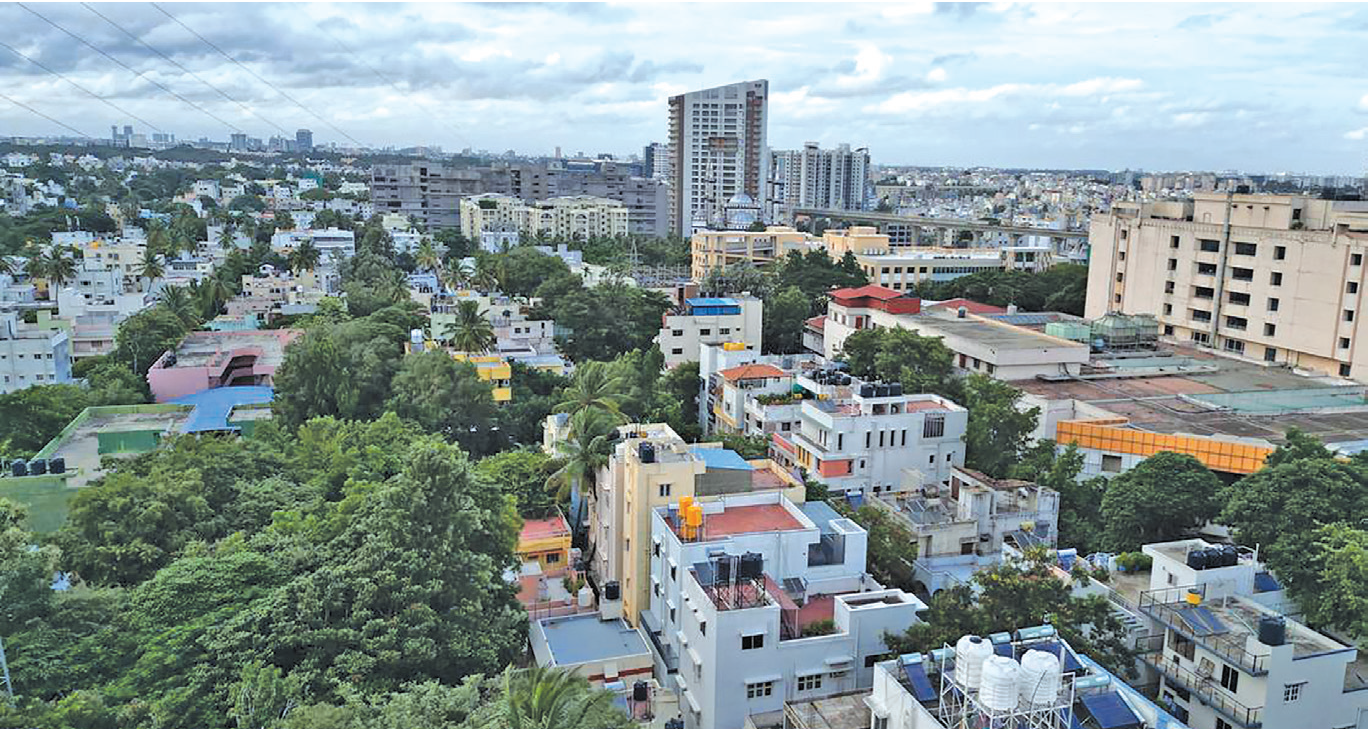
Make way, ambulance coming! But does it happen so easily?
Rachana Ramesh | NT
Bengaluru: To make way or not is the troubling question most vehicle drivers on city roads face when they hear the wailing siren of an ambulance struggling to make its way through traffic to save a life.
Ambulance drivers who have to navigate through the city’s traffic signals complain that many vehicles do not make way fearing fines that will be levied on them for crossing a signal when the red light is on. Is there a way out of this?
“If the police receive information of a moving ambulance, they do clear significant junctions on the route. However, it’s the traffic signals where we struggle the most,” said Mahadev, an ambulance driver at Fortis Hospital. Fortunately, Mahadev has not been through an experience where a patient has lost their life in his ambulance.
“We have a mike installed in the ambulance and make announcements to the public if the case is critical. This helps to a certain extent and eases traffic on our route, but many do not move fearing getting caught by the cameras at the signal,” he explained.
The Bengaluru Traffic Police (BTP) have been pushing to integrate technological initiatives, such as camera-based traffic management, with police operations so that the department can focus more on regulation rather than enforcement.
They are currently registering over 14,000 violations each day using AI CCTV cameras, the recently appointed ADGP and Special Commissioner of Traffic Police, M A Saleem said.
The traffic police have installed 250 AI installed ANPR cameras and eight red light violation cameras at 50 junctions. The idea is to involve technology in enforcement of traffic rules and usher in transparency. However, what does one do when an ambulance has to rush through a maze of vehicles when the signal is red? It obviously calls for a humane approach by the cops. Some do try.
“When I hear the sound of an ambulance, I try to make way by veering to the side. If the vehicles in front makes way, the process would be easier and the ambulance can move swiftly,” said Munawar, who frequently commutes in the Central Business District (CBD) where several private hospitals are situated.
He says that the problem arises when other commuters near the signal are reluctant to move. “After listening to the siren for long, those with empathy make way but time is crucial to save a life,” he says.
Fines for skipping a signal range from Rs 500 to Rs 1000 depending on the violation. Automated challans, however, are not negotiable. "Overall, the traffic has increased, we can only ensure smooth passage of traffic. Whenever we hear an ambulance siren, we open up the signals. Due to the heavy load of vehicles, it’s not easy to release the ambulance from traffic.
The first cop who notices this, should give the signal and it will take around 1.5 minutes for traffic officials to clear the route. Information is then passed on to open up subsequent junctions as well. Citizens should be more participative and more disciplined for effective and faster passage of ambulances.
Before moving from hospitals, people who are aware of the 112 helpline, alert traffic cops or traffic officials hear the sirens and take necessary action," Deputy Commissioner of Police, Traffic, West Division, Kuldeep Kumar R Jain, said. There have been incidents where patients have lost their lives trying to reach hospitals on time.
Earlier, Pradeep Soundararajan, founder and CEO of Moolya, had informed that he lost his father a few years back, after the ambulance that was carrying him got stuck in traffic only a few minutes away from Fortis Hospital on Bannerghatta Road. He had developed chest pain and was being rushed to the hospital, but by the time the ambulance reached the hospital, his father had breathed his last.
 English daily published in Bengaluru & Doha
English daily published in Bengaluru & Doha






